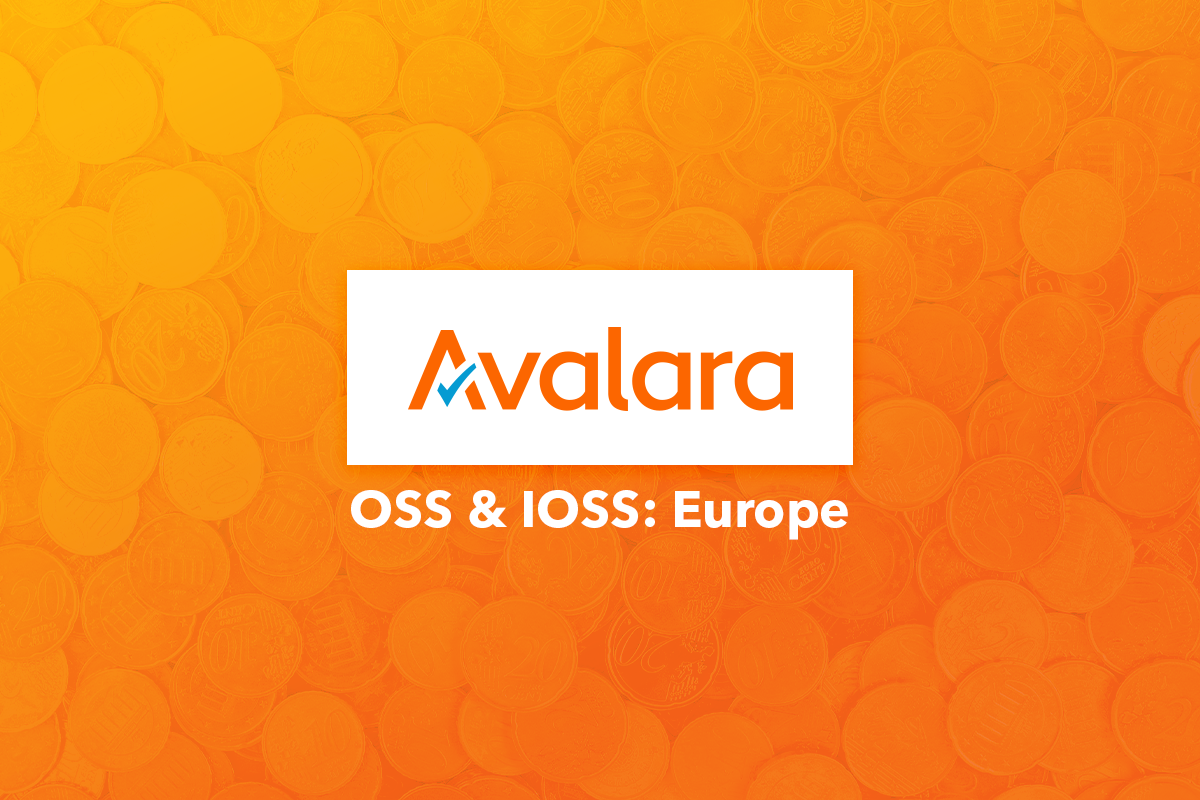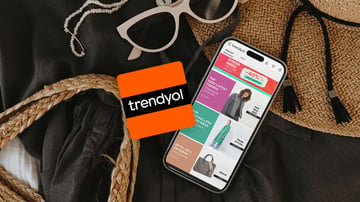How to understand your obligations, VAT liability, and the steps you need to take.
How to understand your obligations, VAT liability, and the steps you need to take.

Following the changes to the EU VAT obligations on 1 July 2021 and the introduction of IOSS – we have asked our partner Avalara for the answers to the most FAQ we receive from you.
Q1: How long does it take to obtain an IOSS number? Can it be backdated?
The duration will depend on the country you are applying with and whether you are using an intermediary. Avalara is currently obtaining numbers through its intermediary within a week from when the completed documentation is submitted. However, tax office demand is increasing, so we expect potential delays in the future. Your IOSS number cannot be backdated and applied to shipments you have already made.
Q2: How do I know if I need an IOSS intermediary?
An intermediary must be appointed when a business is established outside of the EU. EU businesses are not mandated to appoint one due to the mutual assistance agreement. Norway is the only non-EU country with an exemption from establishing an intermediary.
Q3: I want to de-register in several countries before applying for OSS. What are the implications?
If you are still over the thresholds, you will need to keep the registrations until your OSS has been confirmed. OSS cannot be backdated, so you cannot file via OSS if you miss the first filing deadline.
Q4: If consignments are a mixture of below and above €150 - how are they handled? Consignments below will have to include the VAT at the point of sale, but for the ones above?
Consignments below €150 will be covered under IOSS, while above €1500 it will follow the old rules. Businesses can decide whether to ship under DAP or DDP terms. Remember, IOSS is a simplification. It isn’t mandatory, meaning businesses can still ship DAP for all goods, but the de-minimis threshold is gone. Therefore, everything has VAT on it, and everything above €150 undergoes both VAT and duty.
Q5: How are sellers operating on the major e-commerce platforms expected to pay VAT on items sent to the EU from the UK? How can proof of the VAT payment be provided to the receiving countries?
From July 1st onwards, any consignments under €150 have to be taxed at the checkout point (at the VAT rate of the country where the customer is based). E.g., if a French customer makes a sale, they will pay 20% (French standard VAT rate) when checking out. The seller collects the VAT and remits it to the tax authorities via the monthly IOSS return. The IOSS VAT number will have to be included on the import documents in order to clear customs.
When selling exclusively via marketplaces, the seller has to declare the export from the UK. The marketplace, in return, will have to provide their IOSS number and declare the import.
Q6: What is the VAT protocol for a UK-based company regarding goods shipped from the UK and for goods shipped within the EU?
From July 1st 2021, intra EU sales will require VAT to be applied at the rate of the destination (customer location) of sale and returned through an OSS to the country of registration, which will then forward the tax to the relevant countries. For sales from outside of the EU, consignments below 150 euros can be returned through IOSS. In comparison, anything over 150 euros will require registration in a nominated country to facilitate an IOSS return.
Q7: Is it necessary for a UK VAT registered company to charge VAT on orders to the EU?
No, you are not required to charge customers VAT at the point of sale unless you are using the new IOSS simplification. If you choose to ship goods to consumers using an incoterm like DAP, your customers will receive an extra bill to pay before they receive the goods. This could lead to customers sending orders back if they refuse to pay the extra fees, which can lead to unhappy customers.
Q8: How will the OSS in July impact sending to FBA in France and selling from these FBA centers?
When using FBA, the seller will still require individual VAT registrations in each FBA country they have joined, or are otherwise holding stock (directly or via third parties). When selling exclusively via marketplaces, the marketplace will declare the sale in their OSS return, and there is no requirement for the seller to have an additional OSS registration.
Q9: If I am currently registered for VAT in Germany, and I want to register for (I)OSS in Germany, do I need to de-register my current VAT number and reapply under the new scheme?
If a business is holding stock in Germany, they will need a German VAT registration regardless. If stock is not held in Germany, they may be able to de-register and use IOSS depending on many factors.
The company could register for IOSS alongside their German VAT number if they’re importing consignments from outside of the EU directly to EU consumers. As long as those consignments are valued at or below €150, they calculate and collect the correct amount of VAT rate from the consumer at the point of sale.
If they’re shipping the goods from Germany to consumers in the EU, they would need an OSS registration in the EU rather than an IOSS registration as no import would occur in this circumstance.
Q10: What are the VAT requirements for selling stock that is already being held in an EU to customers in that same country or another EU country?
When holding stock in an EU country, the seller will still require individual registrations in each country. Domestic sales are declared in the domestic VAT return, while distance sales (to other EU member states) are declared in a separate OSS return, which again requires an OSS registration.
Q11: Is VAT for EU imports payable regardless of whether you are registered for VAT?
Currently, being VAT registered does not affect whether VAT is due, as the consignment value determines this. The current de-minimis value of €22 determines where goods are not subject to VAT. In the new reforms from July 1st, they are removing this threshold, so every sale to the EU will be subject to VAT. They will still be exempt from duty when priced below the €150 threshold.
Q12: Is there a way to pay the import VAT on behalf of the customer before sending the order, so that customers are not required to be subject to extra costs?
Yes, you can collect this from your customer at checkout and instruct your carrier to send your goods to your consumers using the incoterm Delivery Duty Paid (DDP). Your carrier will then pay the customs fees due on your behalf. The new IOSS simplification procedure requires you to charge the VAT at the point of sale, if you want to use this reporting simplification.
For more help with IOSS/OSS contact Avalara and make sure you are fully prepared.


